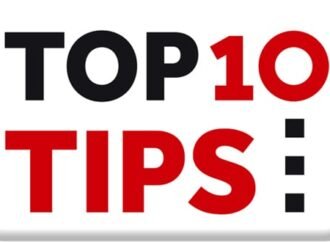Lean Quote: Closing the Knowing–Doing Gap
- Lean Quote
- October 17, 2025

I always say that “silence is acceptance” which essentially mean you deserve what you tolerate. It is a necessary part of any organization to give feedback to employees based on their expected performance. Sometime positive discipline is needed to shape up poor performers. The discipline you apply should be aimed at correcting behavior or performance,
READ MORE
Having leadership qualities and characteristics is considered today as one of the most valued personality traits in the business world; especially for those who claim to be leaders and cannot be compared with that concept. It is known that some have achieved these characteristics and have gone from being small corporations to growing exponentially and being recognized. But what are
READ MORE
2020 has been… interesting, to say the least. To find meaning in a chaotic year, it is important to pause and reflect on the lessons we have learned and how we have grown. The COVID-19 pandemic has turned our lives upside down and changed not just the way we live and work but also how
READ MORE
Throughout our lifetimes many people touch our lives and leave us with words of wisdom. These can both be a source of new learning and also a point to pause and reflect upon lessons we have learned. Within Lean active learning is an important aspect on this journey because without learning we cannot improve. 10.
READ MORE
The end of the year is traditionally a time to look back and reflect. One way to reflect is to evaluate popular blog posts. I have been taking time to reflect on the year that was and as part of that reflection I have flipped back through the 150 blog posts I have written so
READ MORE
As 2020 comes to an end and we look toward 2021 I wanted to revisit some tips. The Lean Tips published daily are meant to be advice, things I learned from experience, and some knowledgeable tidbits about Lean to help you along your journey. Here are the top 10 Lean tips from this past year:
READ MORE


